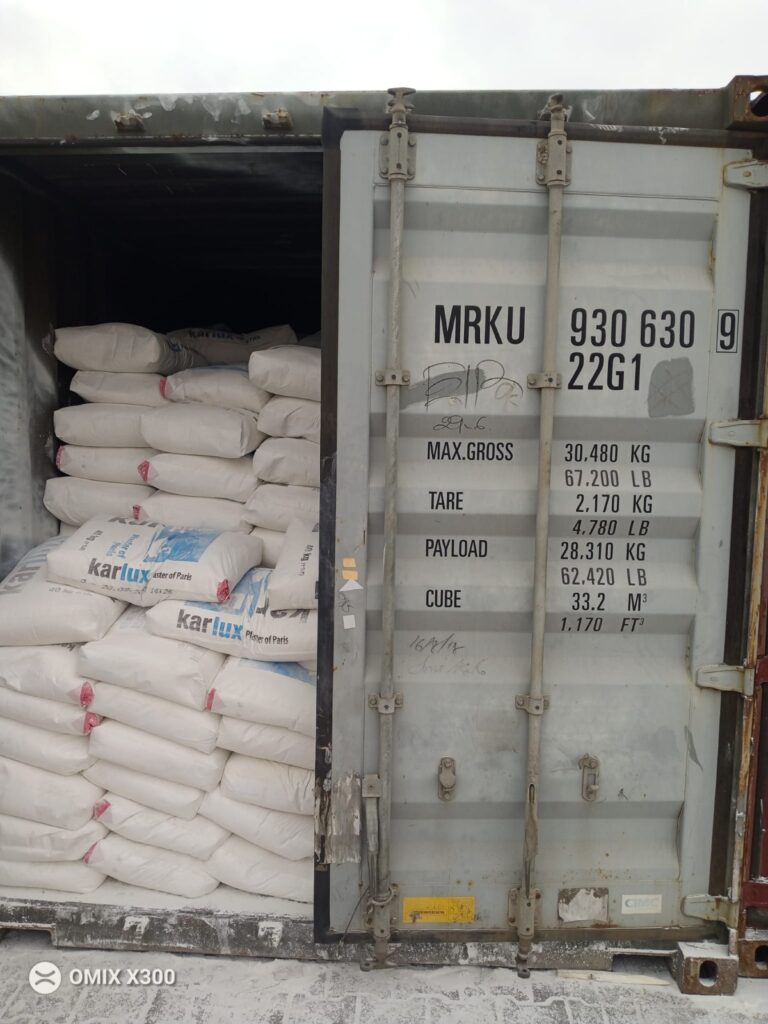
White Cement vs. Plaster of Paris: Understanding the Differences
When it comes to construction and design materials, White Cement and Plaster of Paris (POP) are commonly used for their distinct properties and applications. While they may seem similar, these two materials serve very different purposes. Understanding their differences can help you choose the right one for your project.
What is White Cement?
White Cement is a type of Portland cement made from raw materials with low iron content, which gives it its signature white color. It is primarily used for structural and decorative purposes, offering strength, durability, and aesthetic appeal.
Key Features of White Cement:
- High strength and durability.
- Resistant to weathering and moisture.
- Ideal for exterior and interior applications.
- Provides a smooth and polished surface.
What is Plaster of Paris (POP)?
Plaster of Paris is a quick-setting material made by heating gypsum. POP is lightweight and easy to work with, making it a popular choice for decorative and non-structural applications.
Key Features of Plaster of Paris:
- Sets quickly, usually within minutes.
- Lightweight and easy to shape.
- Used primarily for interior applications.
- Smooth finish, ideal for artistic and decorative work.
White Cement vs. POP: A Detailed Comparison
| Feature | White Cement | Plaster of Paris (POP) |
|---|---|---|
| Strength | High strength, suitable for structural work. | Lower strength, mainly for decorative use. |
| Setting Time | Takes longer to set compared to POP. | Sets quickly, usually within minutes. |
| Moisture Resistance | Excellent resistance to moisture. | Absorbs moisture, prone to damage in humid areas. |
| Applications | Used for walls, floors, and external finishes. | Ideal for ceilings, moldings, and interior designs. |
| Durability | Long-lasting and weather-resistant. | Less durable, especially in moist conditions. |
| Cost | More expensive than POP. | Generally cheaper. |
Applications of White Cement
- Exterior wall finishes.
- Tile grouting and fixing.
- Decorative flooring.
- Precast concrete elements.
Applications of POP
- Ceiling designs and moldings.
- Wall paneling and decorative elements.
- Quick patch repairs for interior surfaces.
- Sculptures and artistic creations.
Which One Should You Choose?
- For Structural Needs: White Cement is the clear choice for projects requiring strength and durability, such as exterior walls, flooring, and grouting.
- For Decorative Work: POP excels in creating intricate designs, false ceilings, and aesthetic elements for interiors.
Conclusion
Both White Cement and Plaster of Paris are invaluable in their respective domains. While White Cement provides strength and weather resistance for structural and external applications, POP offers flexibility and ease of use for decorative and artistic purposes.
Choose the material that best suits your project’s needs, and enjoy the benefits of modern construction materials!